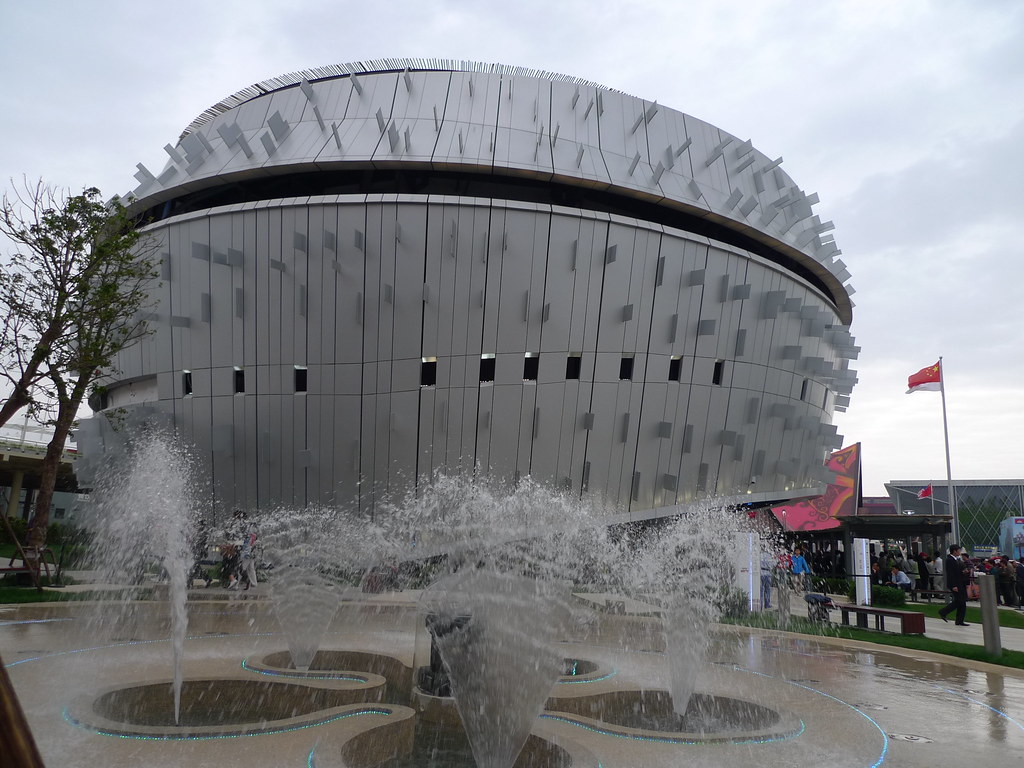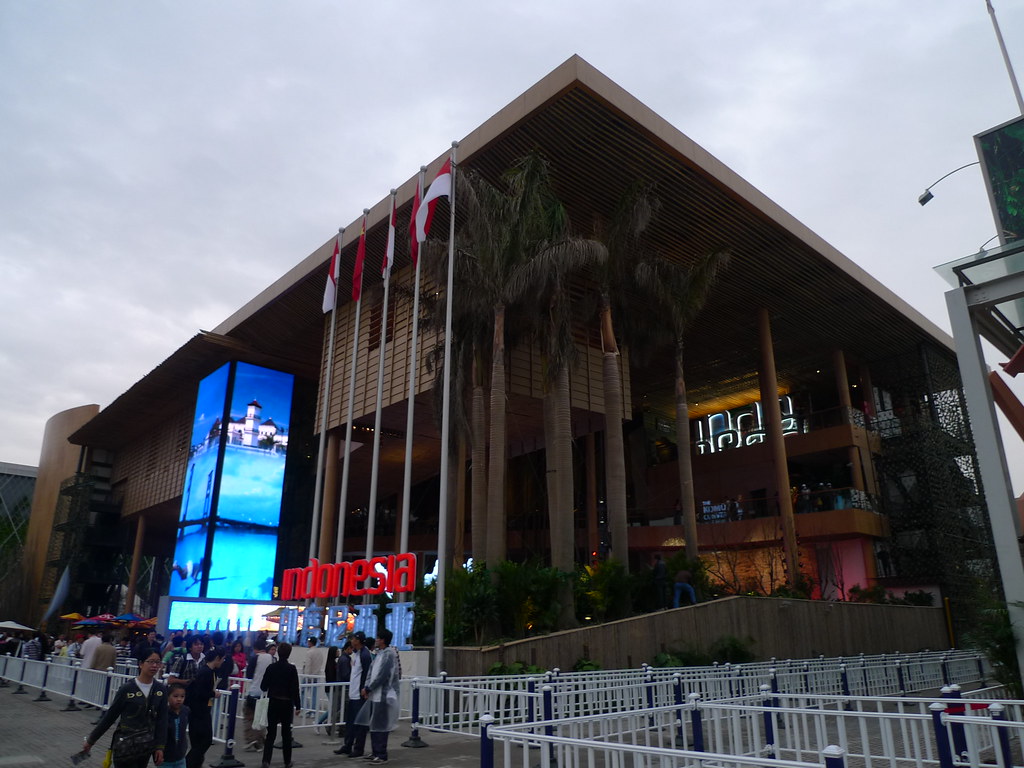A perennial favourite amongst my family members, Kipling has carved a niche for itself with its selection of well designed handbags, haversacks, satchels, wallets and suitcases. Arrayed in an attractive range of colours, designs and styles, Kipling offers something for everybody.
What I find unique about Kipling is that furry little simian dangling from the zipper. My son goes ape over those little critters. He has amassed a tidy little collection of different gorillas in shades of orange, green, red, brown, and black.








